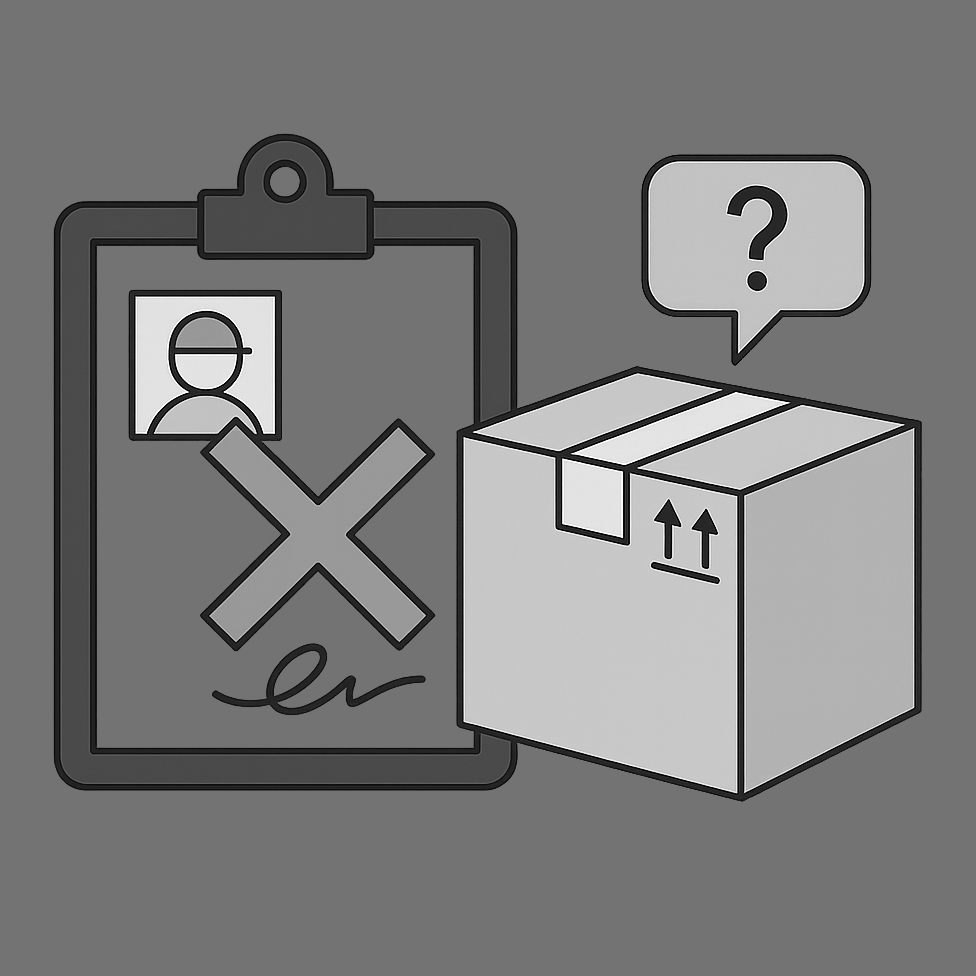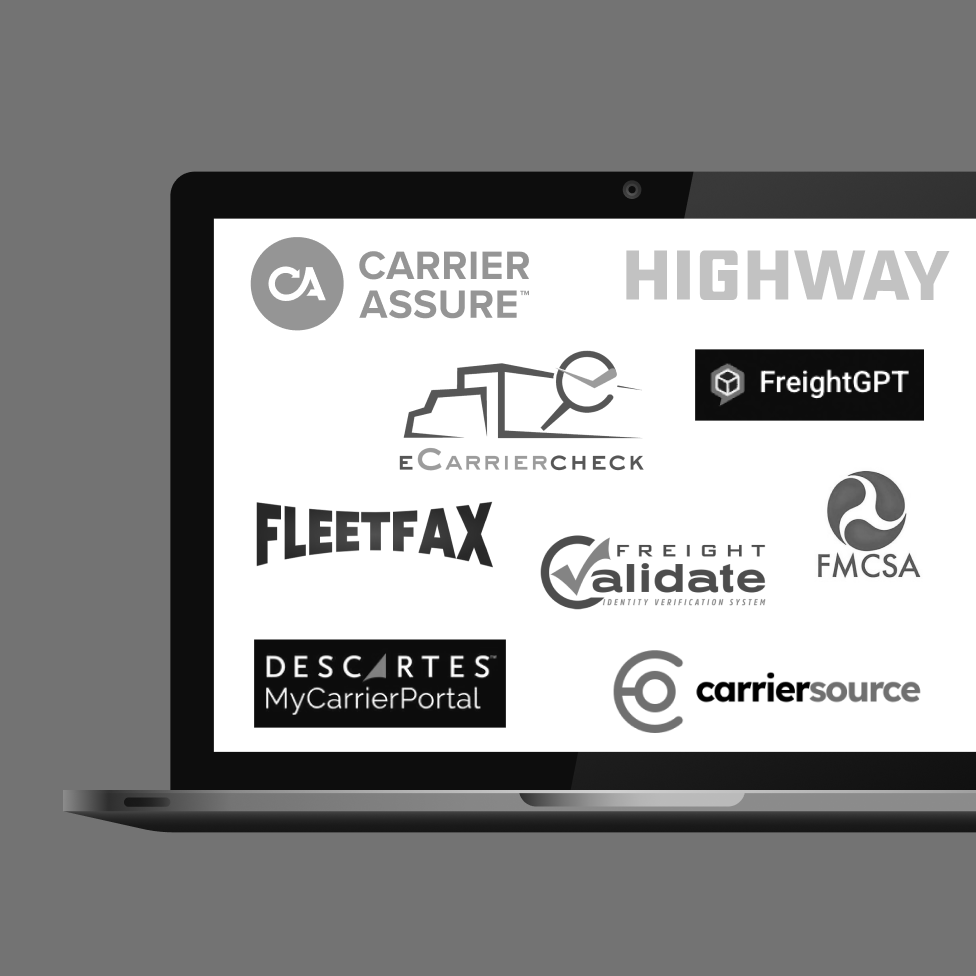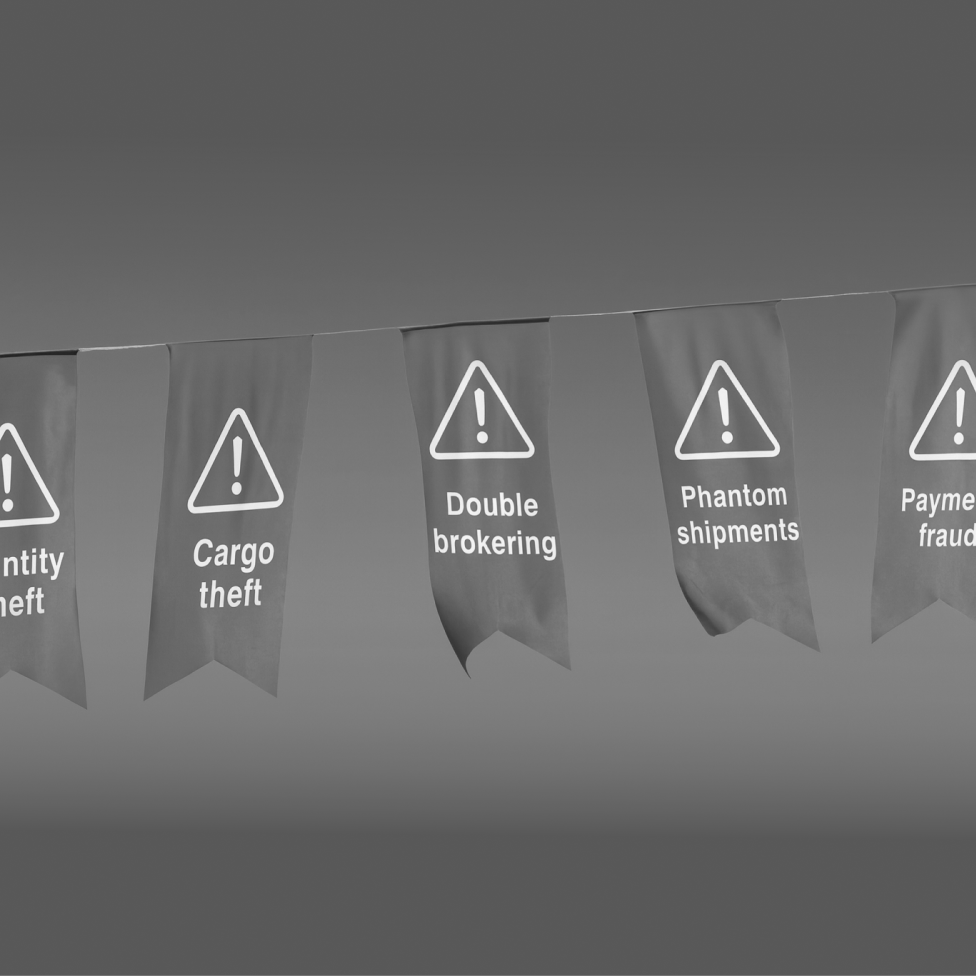In this uncertain economy it can be incredibly tempting for brokers to resort to non-recourse freight factoring to remove risk from their business.
While non-recourse factoring may sound like a great deal - putting your factoring company on the hook in the case of customer default, it also comes with a significant increase in expenses, fees, and restrictions on your business and clients.
In this article, we’ll explore the best alternatives to non-recourse freight factoring that you can implement in your business for 2024, so you can improve your cash flow, de-risk your business, and accelerate your growth.
Alternative 1: Recourse Factoring
Recourse factoring is essentially the same process as non-recourse factoring, where a broker sells their open invoices to a factoring company at a discount, and gets paid a percentage of the invoice value up-front. The big difference is that with recourse factoring, the broker maintains responsibility for collecting unpaid invoices.
When paired with other risk-mitigation strategies, recourse factoring is often less expensive and has fewer restrictions on your business than non-recourse factoring.
Most non-recourse factoring companies charge additional fees to compensate for the risks the factoring company is taking on. They also will run additional credit checks on your customers, and often only cover losses in the event of bankruptcy. These restrictions are reduced or removed entirely from recourse factoring agreements.
Want to find out more? We compare recourse vs. non-recourse factoring in detail here.
Alternative 2: Invoice or Receivables Financing
Invoice financing is very similar to factoring, with one distinct difference: You continue to own and be responsible for any invoices. Instead of being sold at a discount to a factoring company, these invoices are used as collateral for a short-term loan.
Invoice financing has several pros and cons: First, you maintain full control over your invoices and collections process, and don’t involve your customers in your financing. This also means lenders are less likely to perform credit checks on your customers - but they may have additional criteria that your business must meet before providing the loan.
Alternative 3: Line(s) of credit
Lines of credit are another popular option for brokers to use instead of non-recourse factoring. The advantages of lines of credit are similar to those of invoice financing and bank loans - they keep your customers out of the lending process, and your business qualifies based strictly on its own merits.
A line of credit can also be used for a variety of business needs beyond just paying carriers, such as financing expansion, hiring, and so on. The downside is that, in the current high-interest rate environment, lines of credit can get very expensive very fast.
In addition to the various credit checks and financial statements a bank may require, a LOC adds debt to your balance sheet and requires consistent long-term payments that may restrict your cash flow.
They’re also often much more cumbersome than factoring agreements - where you can be waiting weeks or months to access funds vs. 24-48 hours with factoring.
Here are some of the most important factors to consider when choosing between a line of credit and factoring:

Want to learn more? Download our Factoring vs. Line of Credit ebook here.
Alternative 4: Self-Financing
One alternative for well-funded brokers is self-financing. This method of financing requires brokers to have access to large cash reserves, but provides full control over your financing and avoids cumbersome loan repayments.
While there are some upsides to self-financing, there are also a few downsides. The most obvious is the amount of cash required to finance your operations consistently. Your team will also lack support for payables, meaning you’re on your own for options carriers love like QuickPay.
Brokers who self-finance may also find themselves running into a cash crunch if shippers consistently pay late, or during economic booms where your reserves don’t scale with demand. During large spikes in volume, you may find it difficult to consistently pay carriers quickly enough to keep them happy.
Alternative 5: Bank, Government, or Private loans
Similar to a line of credit, a broker may approach a bank, the government, or a private lender for a short or long-term loan to improve their cash reserves.
These loans often have more favorable terms than lines of credit, but often come with other restrictions and limitations. For example, SBA loans have specific size requirements, documentation requirements, restrictions on how funds can be used, and may not lend to you if you can get funding from other sources.
These loans may also require collateral, but do allow you to remove customers from the lending process similar to lines of credit and invoice financing.
Alternative 6: Receivable insurance
Receivables insurance is a method of risk management that brokers may want to use in addition to some of the financing options above. This involves a business insurance policy that covers losses on a broker's receivables, up to a certain amount.
This can provide peace of mind to brokers who have many loads on the road, and want to avoid a catastrophic event that might impact their cash flow.
Unfortunately, there are also a few downsides. Receivables insurance isn’t cheap, and is an additional cost on top of any financing costs you may incur. These policies also often only cover catastrophic losses, and don’t provide any cash advances or support for your ongoing operations.
Alternative 7: Risk mitigation and management
Regardless of the financing options you choose, we always recommend brokers implement risk-management strategies to maintain a healthy operation.
These strategies should be used in addition to financing options like factoring, and when properly implemented can be both more cost-effective and safer than non-recourse factoring.
Here are some of our top risk mitigation strategies for brokers:
- Diversify your client base with a wide variety of customers across industries, geographic locations, and cargo types.
- Perform credit checks on customers, and implement your own client vetting criteria.
- Monitor customer payments and business health - and be aware of any risks posed by having too much of your business dependent on one or two customers.
- Monitor the health and stability of the market as a whole, and create backup plans in the event of a downturn.
With the implementation of these risk mitigation measures, most brokers find that they’re comfortable using full recourse factoring to finance their business because they’re more confident in their client base and business health.
Conclusion
As a broker, it may be tempting to use non-recourse financing to mitigate the potential risks of customer bankruptcy. In reality, there are significantly less expensive and more effective ways of de-risking your business while improving the financial profile of your company.
Alternatives such as recourse factoring, lines of credit or loans, self-funding, and more are all ways to improve your financial health with fewer fees, and can be less risky than non-recourse factoring when paired with risk mitigation strategies.
Want to learn more about how to improve your cash flow, get best-in-class finance tools and dashboards, and streamline your back-office operations? Click here to learn about factoring with Denim get started today.

Denim’s automated solutions streamline your back-office operations. Explore our solutions to see how Denim can help your business scale efficiently.
There's a better way

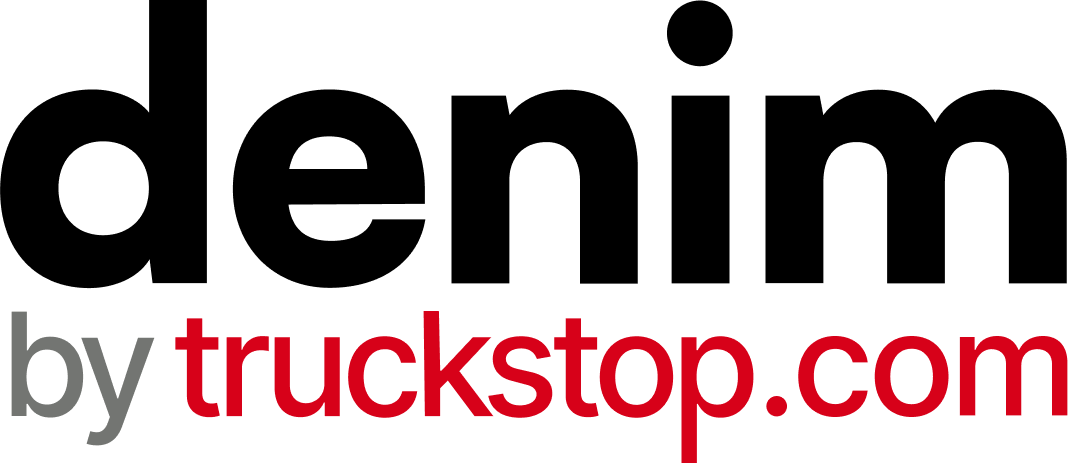
.png)

